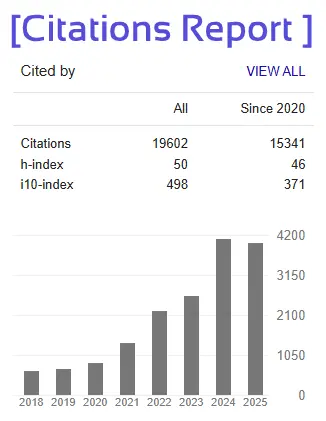- Version
- Download 73
- File Size 374.21 KB
- File Count 1
- Create Date 14/06/2025
- Last Updated 14/06/2025
Unveiling Churn Triggers: Predictive Insights for Customer Retention in India's E-Commerce Boom
Ayush Chaurasia
Abstract
India’s e-commerce sector is on a remarkable growth path, projected to reach a $200 billion valuation by 2026, driven by a robust digital ecosystem comprising over 800 million internet users and 600 million smartphone users (IBEF, 2024). This surge is propelled by affordable data plans, increasing digital literacy, and widespread smartphone adoption, positioning India as a global leader in online retail. However, customer churn rates exceeding 30% annually pose a significant threat to profitability, customer lifetime value, and brand loyalty, challenging the sustainability of platforms like Amazon India, Flipkart, and Myntra (Statista, 2025). This study investigates the key drivers of customer disengagement in India’s e-commerce landscape, employing a comprehensive mixed-methods approach to uncover actionable insights. Primary data was collected through a carefully designed Google Forms survey (n=101 respondents, conducted March-April 2025), capturing diverse consumer behaviors, preferences, and perceptions across urban and rural demographics. This was complemented by secondary data from anonymized transactional records and authoritative industry reports, providing a holistic view of churn dynamics. Data analysis, conducted using Microsoft Excel, involved rigorous cleaning, descriptive statistics, correlation analysis, and thematic coding of qualitative responses to identify churn patterns. The findings highlight critical churn triggers: 41.9% of respondents expressed dissatisfaction with customer support, 63.2% reported cart abandonment due to complex checkout processes or trust issues, and 51.5% engaged in infrequent shopping (less than once a month). Rural consumers (73% of respondents) and those aged 36-45 (59.7%) exhibit heightened churn risks, driven by logistical complexities, such as delayed deliveries, and usability barriers, including unintuitive platform interfaces. With 40% of respondents indicating they are very unlikely to continue shopping and 47% reporting unresolved support issues, the study underscores the urgency of addressing these pain points. Qualitative insights from open-ended responses (n=35) further reveal concerns about poor product quality (5.7%), unclear return policies (8.6%), and logistical delays (8.6%), which erode trust and exacerbate churn. The study proposes actionable strategies, including bolstering customer support responsiveness, streamlining checkout processes with one-click options, and implementing region-specific personalization to enhance user engagement. These interventions aim to reduce churn by 10-15% within six months, offering a strategic roadmap for e-commerce platforms to foster enduring customer loyalty. By addressing India-specific challenges, such as cash-on-delivery preferences (40% usage) and rural logistics, this research provides practical solutions for industry stakeholders and enriches global academic discourse on customer retention in emerging digital markets.
Keywords: Customer Churn, E-commerce Retention, Indian Digital Market, Customer Support Quality, Cart Abandonment, Personalized Engagement, Predictive Analytics, Rural Consumers, Trust Building, Logistical Efficiency







